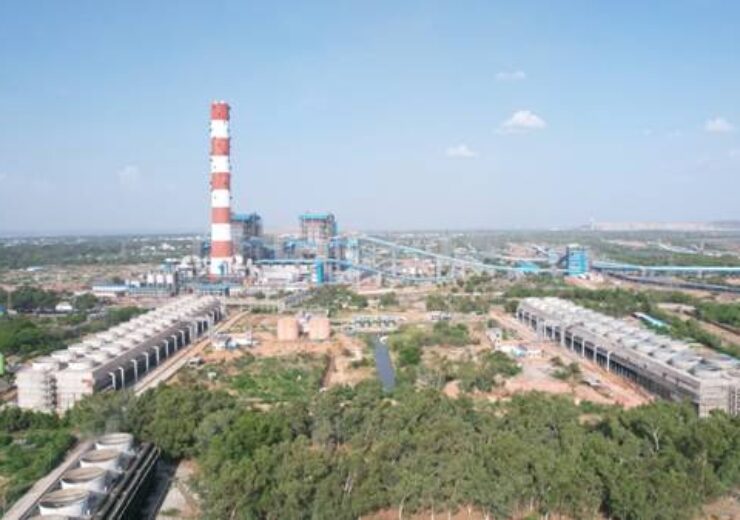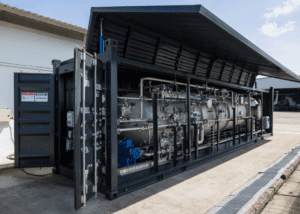
Indian Prime Minister Narendra Modi has inaugurated the first 800MW unit of phase 1 of the 4GW Telangana Super Thermal Power Project in Telangana, India.
Located near Ramagundam in Peddapalli district, the thermal power project is being developed in two phases by the Indian government-owned integrated power utility National Thermal Power Corporation (NTPC).
NTPC is constructing the first phase of the Indian super thermal power plant within the MGR unloading bulb of its Ramagundam Super Thermal Power Station.
Phase 1 of the Telangana Super Thermal Power Project comprises two units of 800MW each, totalling 1.6GW. NTPC will add 2.4GW to the project by including three 800MW units in phase 2.
The super thermal power project’s phase 1 entails an approved investment of INR109.98bn ($1.32bn). It will deliver 85% of the power generated to Telangana.
Prime Minister Modi said: “Smooth supply of electricity gives momentum to growth of industries in a state.”
By leveraging ultra supercritical technology, the Telangana Super Thermal Power Project will supply low-cost power to the Indian state.
Besides, the pit-head power station is projected to provide a boost to the economic development of Telangana.
Furthermore, the Telangana Super Thermal Power Project is anticipated to become one of the most environmentally compliant power stations in the country by reducing specific coal consumption and carbon dioxide emissions.
The foundation stone for the Indian super thermal power project was laid in 2016 by Prime Minister Modi. Prior to that, the final environment impact assessment report of the project was published in mid-2015.
In 2018, NTPC awarded GE Power India a contract worth INR3.09bn ($37m) for installing a flue gas desulphurisation (FGD) system at the phase 1 of Telangana Super Thermal Power Project.





